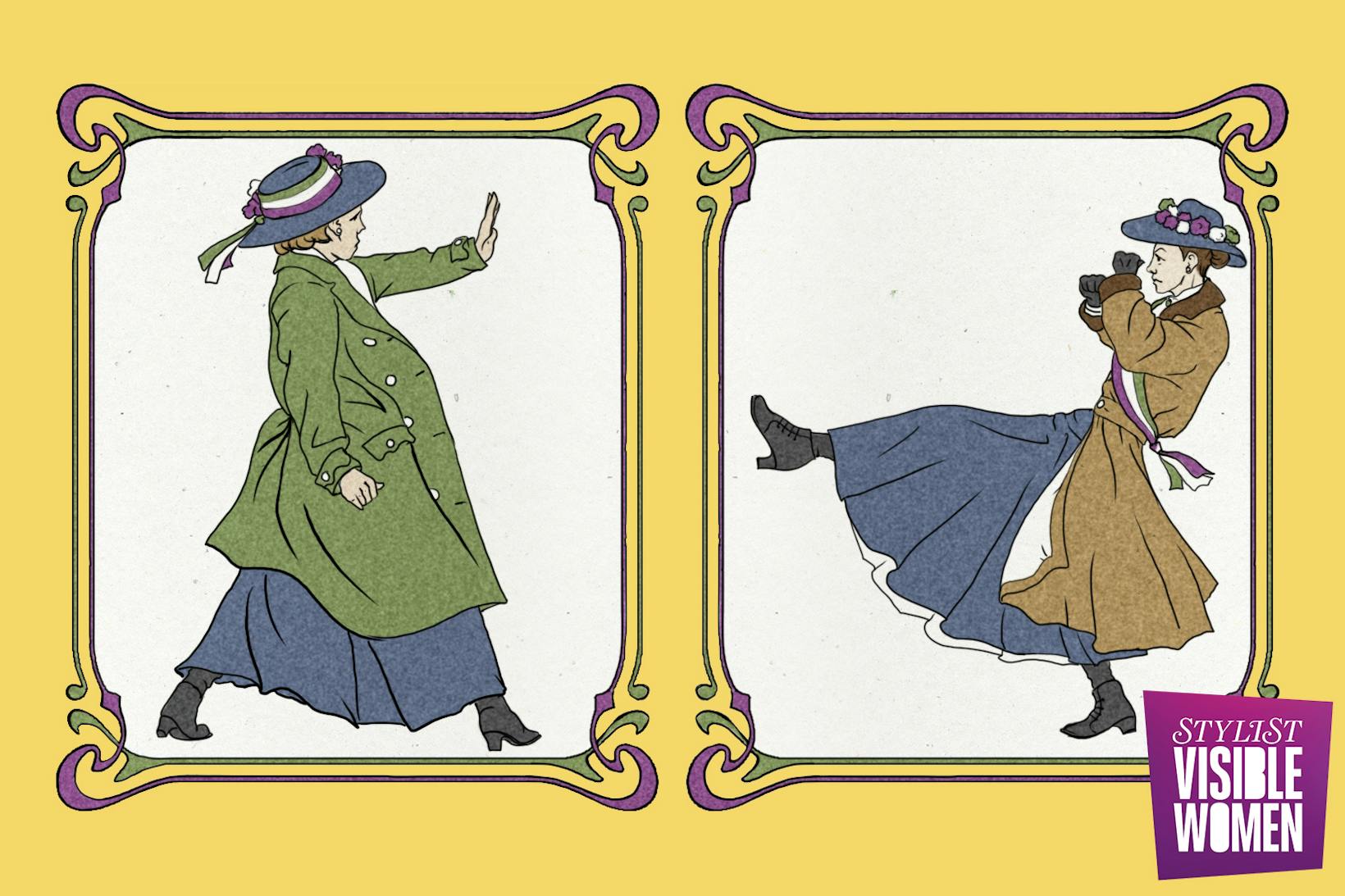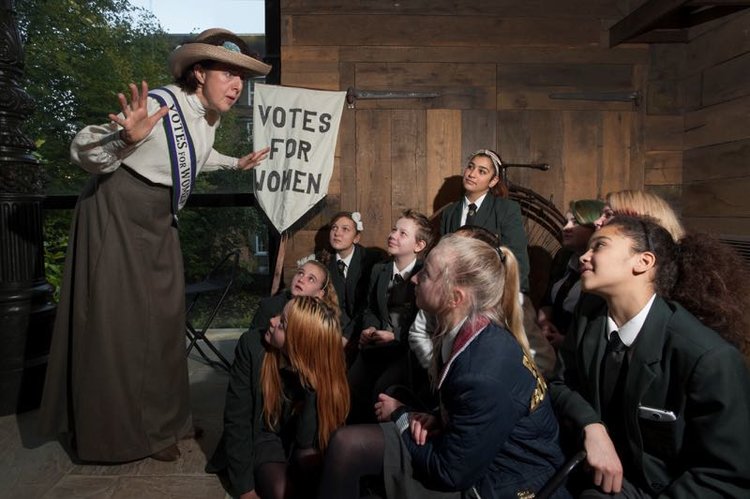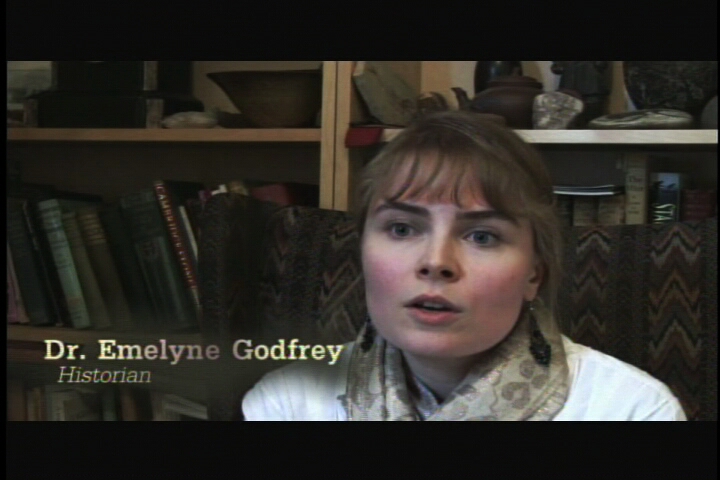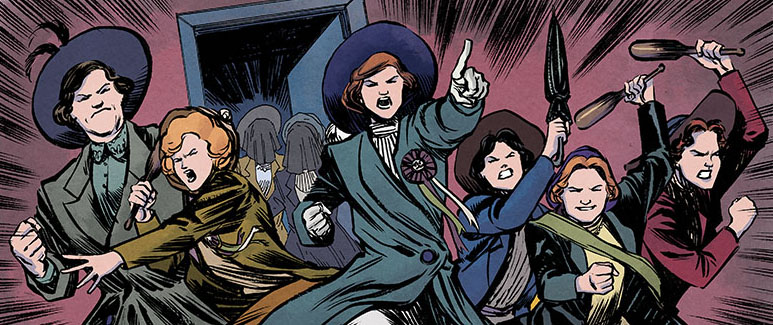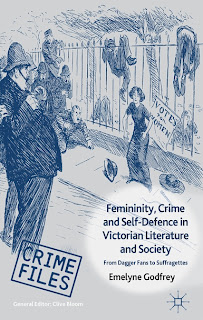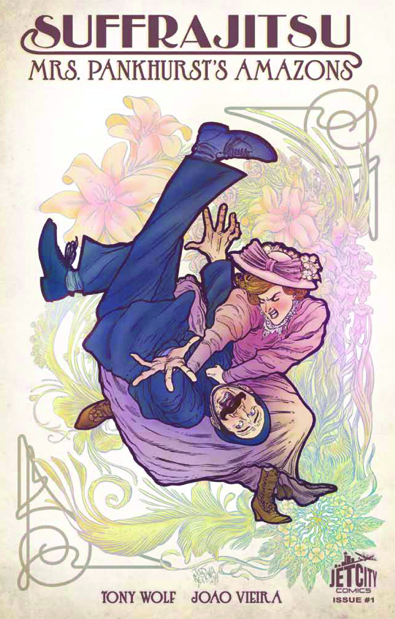Emelyne Godfrey is the author of Masculinity, Crime and Self-Defence in Victorian Literature and its sister volume, Femininity, Crime and Self-Defence in Victorian Literature and Society.

Q – Emy, can you describe how the new book fits in to your ongoing research on the topic of self defence during the “long Victorian era”?
A – It was effectively the third chapter of my PhD on Victorians and self-defence (which focused on H. G. Wells’ Ann Veronica and women’s self-defence and martial arts in Edwardian literature) but as I started researching for this book, I found so much new material so it felt as if I was starting the research from scratch. Writing it took somewhat longer than expected!
Q – What were your motivations for writing on this topic? In particular, how did the new book come about?
A – The books were ultimately the result of my mother’s suggestion a number of years ago that I go on a self-defence course which she had seen advertised on TV. At the time, I was a student at Birkbeck College, London, doing the MA in Victorian Studies and was casting about in my mind for a topic for a PhD and was reading about the Ripper murders when it occurred to me to ask how men and women defended themselves during this time. Alongside that, I learned from speaking to women after the self-defence course was that concepts of safety as they relate to feminism were so subjective.
Q – In what way?
A – Our self-defence instructor told us she refused to go out on her own after 8pm, which some women said didn’t sound very empowering, or feasible, especially if you were a student at Birkbeck, when some classes ended at 9pm. What was empowering? Avoiding danger or staying out a bit later and taking the last bus home? Other questions also popped up: how did one respond to being accosted or threatened, where were the sources of danger, and did men and women assess threat in different ways. I started interviewing anybody I saw about the subject of safety and I was passionate about seeking the answers. Intriguingly, men and women were debating these questions in the Victorian era, a time which saw a massive growth in London’s population and also witnessed the growing numbers of independent women of all backgrounds engaged in all kinds of work, and also philanthropy, travel and political campaigning.
Q – The subtitle refers to “Dagger-Fans and Suffragettes” – can you tell us what a “Dagger-Fan” is?
A – The dagger-fan was a novelty hand fan, designed in the shape of a dagger in its sheath. It’s kept at The Fan Museum in Greenwich, which displays some gorgeous fans from throughout the ages. At least one contemporary commentator observed with humour that such a dangerously shaped accessory might subtly discourage unwanted admirers who might lurk on trains or at street corner.
The dagger-fan is symbolic of all the many kinds of subtle means, discussed in this book, that a woman could employ to deflect threat while out and about – gesturing with her fan, a humorous retort, disguise, a clever use of eye contact. As Anne Brontë’s The Tenant of Wildfell Hall and Mona Caird’s The Wing of Azrael, remind us, the ‘marriage market’ and the Victorian home could be a place of danger where all kinds of self-defence skills were needed. What I think all the writers examined in this book show is that there were some areas of life where the law couldn’t reach, and women had to be able to learn to protect themselves.
Q – Of all the heroines described in your book, who is your favorite, and why?
A – I admire the character of Judith Lee as she’s an independent spirit, and she can defend herself using jujitsu against a variety of criminals. I also think that the way an author writes about danger is as important as characterisation. While Judith Lee gets very angry, she has an understated, almost stiff-upper-lip way of talking about peril, which is quite amusing, a credit to the skills of her creator, Richard Marsh, was actually an intriguing figure himself.
Q – In what way?
A – He was involved in amateur dramatics before his writing career began, he also had a gift for portraying the mindsets and distinctive voices of his characters. He was author of the horror-thriller, The Beetle: A Mystery, which was published in 1897, the year in which Dracula appeared, and, according to a number of scholars, was more popular than Bram Stoker’s novel for some decades. Marsh also spent some time in jail, changed his name and became a prolific writer. What interests me about Marsh was that he combined horror and violence with humour in his stories. His work daringly referenced contemporary crimes such as the Whitechapel Murders – you can see shades of that in his Judith Lee story, Conscience. He really struck a chord with the public with his depiction of Judith Lee, who was in many ways Sherlock Holmes’s equivalent.
Q – You’re also the publicity officer for the H.G. Wells Society. How does Wells’ character Ann Veronica fit in with your theme?
A – I must say that don’t agree with all of Wells’s views on, for example, women, and some of his views are quite controversial today (he was in many ways a man of his time as well as being a forward thinker) but I think he’s a wonderful novelist and wordsmith whose work is both stirring, lightly humorous and cheekily iconoclastic. I do love his depiction of Ann Veronica, his Edwardian heroine, who wants to see life. A keen hockey player, she also learns jujitsu at high school and uses her knowledge of martial arts to defeat the rather sleazy Mr Ramage, who tries to take advantage of her in a locked hotel room. I think Wells sensitively portrays her feelings of guilt at having tackled him quite so effectively, but at least she does defend herself and doesn’t rely on a hero to come along and save her.
I see Judith Lee and Ann Veronica as early equivalents of feisty women in today’s literature and culture, particularly Buffy Summers from the Buffy the Vampire Slayer television series, Katniss Everdeen from The Hunger Games and even Anastasia Steele from Fifty Shades of Grey – they aren’t invulnerable, they suffer setbacks, deal with the ups and downs of love but they each have their own particular powers and channel their anger into the hand-to-hand defence of good causes.
Q – Finally, Emy, your book includes a chapter on Edith Garrud and the martial arts training of the Suffragettes. The image of the jujitsuffragettes is easily romanticised by modern readers. What would you say was the actual, and/or symbolic, social significance of Suffragettes training in the martial arts circa 1913?
A – I’m still making up my mind on that subject. On the one hand, I do agree that there is a tendency to romanticise jujitsuffragettes today, probably because the idea of a woman wearing a corset, big hair and an even bigger hat fighting a man and felling him to the floor cuts a bit of an incongruous yet charming and quaint image in the modern mind. I think some campaigners enjoyed the limelight too and, as H.G. Wells, suggests in Ann Veronica, some may have joined the movement to do something exciting. Some of them also espoused some more violent means which were controversial.
On the other hand, when you read what some militants went through in jail – sleep, hunger and thirst striking – and how they fought against the ignominy of force feeding (and the Bodyguard bravely protected their leaders from re-arrest and torture under the Cat and Mouse Act) you really get a sense of how brave these women were. I think that whether or not the vote was won by women’s war effort, the suffragettes, and indeed suffragists, raised the public consciousness with regard to female suffrage; it’s something I always think about when I put my cross on the ballot paper.


